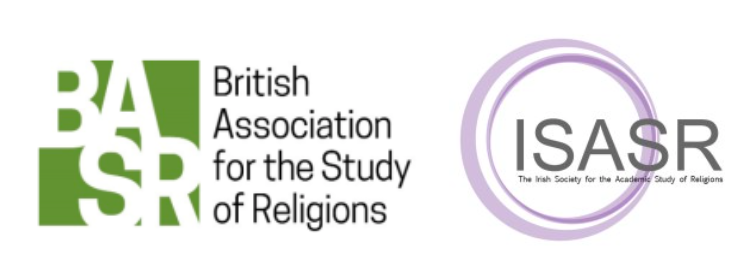Itako on screen
the use of visual ethnography for understanding how these Japanese shamans are adapting to social change
Abstract
This article is based on my fieldwork with Itako shamans in the north-eastern part of Japan. The progressive modernisation of Japan at the expense of rural areas has also affected Tohoku, resulting in the ageing of the social fabric of its communities. Within this context, this article focusses on traditional and established activities practised by the blind female Itako shamans, who are going through a process of adaptation. Therefore, the article is concerned with this process and, in particular, on the methodology applied before and during my fieldwork experience of spending time, observing, having conversations, and filming these women in their everyday life. In the attempt to understand and document these shamans, I consider the use of visual ethnographic methods for understanding the changing aspects and their implications on the life of these women. While doing this, I also considered their communities and the area in which they live. I analyse this process by blending different methodologies such as visual methodology and digital visual ethnography and the critical religion approach proposed by Fitzgerald (2000). In addition, the paper will describe how I applied this methodology to provide a fresh look at these women and their daily activity.



